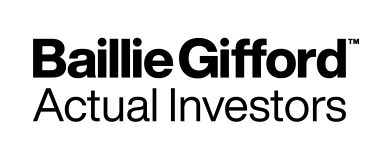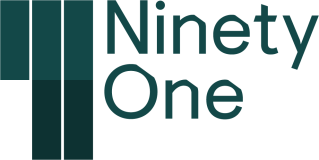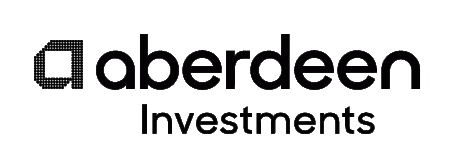Risk-averse investors focused on perceived safe havens during September, spurred by fears that fresh lockdown measures could undermine economic recovery. The yield on the ten-year gilt fell from 0.31% to 0.23% over September but dipped as low as 0.14% during the month.
To view the series of market updates through September, click here
- The UK economy grew by 6.6% in July
- The recovery showed signs of losing momentum
- CPI fell sharply from 1% to 0.2% YoY in August
Risk-averse investors focused on perceived safe havens during September, spurred by fears that fresh lockdown measures could undermine economic recovery. The yield on the ten-year gilt fell from 0.31% to 0.23% over September but dipped as low as 0.14% during the month.
“BoE officials appear to be moving closer to considering negative interest rates”
The Bank of England (BoE) described the UK’s economic outlook as “unusually uncertain”, citing rising Covid-19 infection rates and a lack of resolution over the UK’s post-Brexit trade deal with the EU. BoE officials appear to be moving closer to considering negative interest rates as a means to boost the economy; minutes from the Monetary Policy Committee’s (MPC’s) September meeting showed that the central bank intended to begin “structured engagement” with financial institutions on the operational issues associated with negative rates. However, the BoE’s Chief Economist Andy Haldane subsequently played down speculation over any imminent prospect of negative rates, saying that they were not imminent.
The UK economy contracted slightly less severely than initially estimated during the second quarter, according to the Office for National Statistics (ONS), which revised its figures from -20.4% to -19.8%. Nevertheless, this still represented the most severe quarterly economic contraction for the UK since records began in 1955. During July, the economy expanded by 6.6%, notching up its third straight month of growth, although the pace of expansion slowed from June’s rate of 8.7%. Over the three months to July, the economy contracted by 7.6%, and the ONS reported that the UK has recovered only “just over half of the lost output caused by the coronavirus”.
The UK’s economic recovery is starting to lose momentum, according to IHS Markit/Cips, which highlighted the prospect of higher unemployment. New business levels have weakened, and business optimism fell to its lowest level since May. The unemployment rate rose from 3.9% in the three months to June to 4.1% in the three months to July, representing its highest level for two years. Almost 700,000 workers have vanished from company payrolls since March.
The annualised rate of inflation fell sharply from 1% in July to 0.2% in August, driven down by lower prices resulting from the Government’s Eat Out to Help Out scheme, and representing the UK’s lowest rate of inflation since December 2015. Prices in restaurants and cafes dropped by 2.8% year on year, posting their first annualised negative growth since records began in 1989.
A version of this and other market briefings are available to use in our newsletter builder feature. Click here









